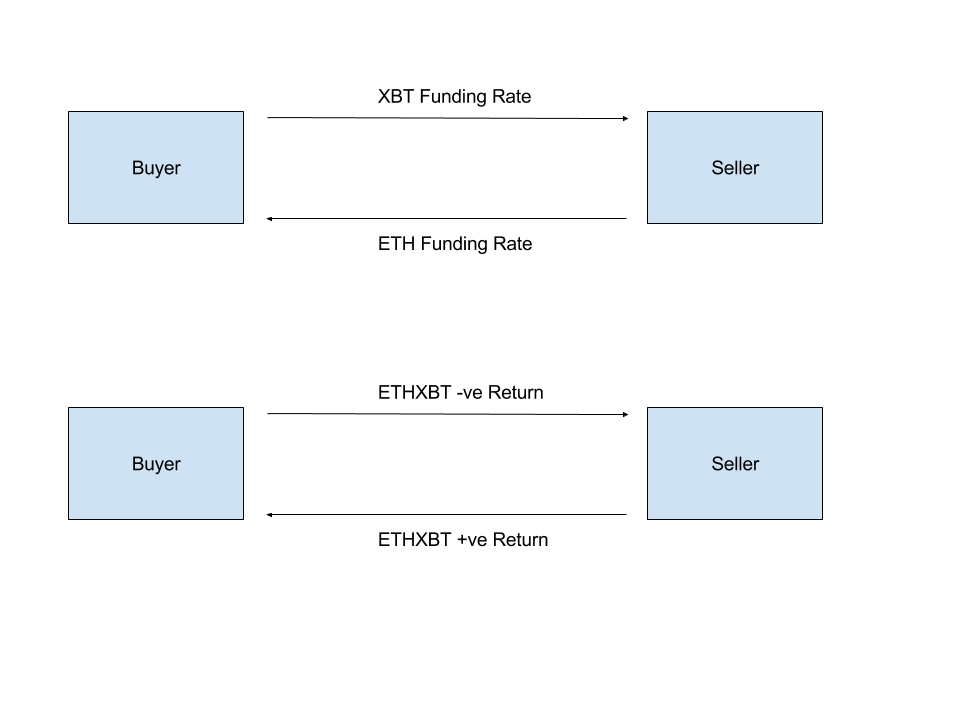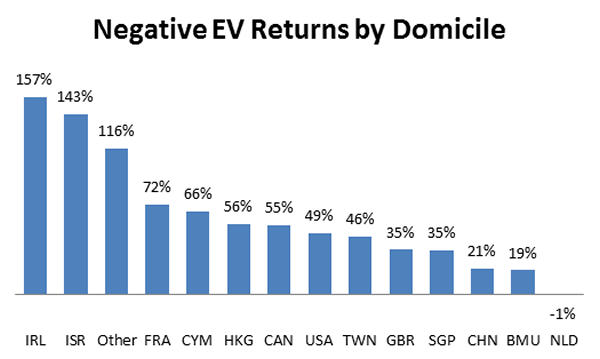

If low interest rates do not create more borrowing and spending, Keynes said, the government could engage in deficit spending to fill the gap. The argument begins from the observation that in equilibrium, total income must equal total output. EconomisticK said…Harry, this is indeed the paradox of thrift.

This theory relies on the assumption that prices do not clear or that producers fail to adjust to changing conditions, contrary to the expectations of classical microeconomics. The paradox of thrift was popularized by British economist John Maynard Keynes. The second criticism is that savings represent loanable funds, particularly at banks, assuming the savings are held at banks, rather than currency itself being held (“stashed under one’s mattress”). Thus an accumulation of savings yields an increase in potential lending, which will lower interest rates and stimulate borrowing. So a decline in consumer spending is offset by an increase in lending, and subsequent investment and spending. An increase in savings increases banks’ ability to lend—borrowing increases.
This paradox is based on the proposition, put forth in Keynesian economics, that many economic downturns are demand-based. Faced with the prospect of recession and unemployment, people take the reasonable step to increase their personal saving and cut back on spending. However, this fall in consumer spending leads to a decrease in aggregate demand and therefore lower economic growth. An increase in the rate of saving reduces consumption in the economy which, in turn, reduces total output . According to British economist John Maynard Keynes, when people save during a recession, the level of consumer spending decreases, which eventually slows down economic growth. Such increases in capital stock ultimately lead to higher levels of business productivity and growth.
Paradox in economics is the situation where variables fail to follow the generally laid principles and assumptions of the theory and behave in an opposite fashion. Ivan owns a factory that produces component parts for computers. He has been planning to expand his production capacity by installing more machines and hiring new workers. Keynes met these objections by arguing Say’s law was wrong and prices are too rigid to adjust efficiently. It is widely accepted that Keynes misrepresented Say’s law in his refutation. The purchase of physical capital goods (e.g., buildings, tools, and equipment) that are used to produce goods and services.
Thus, even though it makes sense for individuals and households to reduce consumption during tough times, this is the wrong prescription for the larger economy. In this form it represents a prisoner’s dilemma as saving is beneficial to each individual but deleterious to the general population. This is a “paradox” because it runs contrary to intuition. Someone unaware of the paradox of thrift would fall into a fallacy of composition and assume that what seems to be good for an individual within the economy will be good for the entire population. However, exercising thrift may be good for an individual by enabling that individual to save for a “rainy day”, and yet not be good for the economy as a whole. Businesses are unable to make a profit, and so they lay off workers, which increases unemployment and reduces government tax revenue.
When people saved rather than spent their money it just made the recession worse. The stock market crashed in 1929, a huge blow for investors, banks, financial institutions, and businesses. The economy collapsed, giving rise to the great depression of 1929. The paradox of thrift explains how people tend to save more in times of recession, creating a huge market cash-flow gap.
The principle that increased supply increases demand is known as Say’s law. Pursuant to this theory, economic productivity is based upon aggregate demand by consumers. Finally, the major assumption is that the economy is closed and without international investment, which would offset the impact of mass saving. It is clear that in the current recession, the government is keen to encourage a higher degree of saving while shifting the focus of consumption from expensive imports to domestic products.
Paradox Of Thrift Definition
Current spending, after all, results in more income for current producers. Those producers rationally deploy their new income, sometimes expanding business and hiring new workers; these new workers earn new income, which then may be spent. Sectoral Balances analysis shows the effect of net savings by the private sector.
When consumers save , it harms the businesses that served the needs and wants of consumers. Understand what the fallacy of composition is, learn how this fallacy influences economics, and see examples of this fallacy. The paradox of thrift has been criticized by neo-classical economists.
Depression is a depression is a very deep, long, and painful recession, in which unemployment … The Paradox of Thrift is an economic concept which was made famous by John Maynard Keynes, though it is thought to have originated in the early 18th century. Not every country can ‘export’ its way out of a recession. This website is using a security service to protect itself from online attacks. The action you just performed triggered the security solution.
Tejvan Pettingersaid…Here the thrift is when the private sector decide to save more – causing a fall in Aggregate Demand. This government borrowing wouldn’t cause crowding out because the private sector were not investing, but just saving. On the other hand, people who see a large fall in income will have to dip into their savings and borrow to stay afloat. Savings do not cause much harm in a post-globalization world. When a nation experiences a decrease in local demand, it can always export goods overseas. In response to criticism, many theorists argue that the global economy is a closed system—many nations cannot export.
He argued that in response to higher private saving, the government should borrow from the private sector and inject money into the economy. In this connection, Keynes pointed out ‘paradox of thrift’ and showed that as people become thriftier, they end up saving less or same as before. If all the people of an economy increase the proportion of income which is saved (i.e., MPS), the value of savings in the economy will not increase, rather it will decline or remain unchanged. Let us understand this statement with the help of the fig.
- It had been stated as early as 1714 in The Fable of the Bees, and similar sentiments date to antiquity.
- Within Keynesian economics, the desire to hold currency rather than loan it out is discussed under liquidity preference.
- It also justified higher government borrowing to offset the private sector savings.
- When such a change in consumption patterns occurs in society, it triggers a vicious cycle.
- When businesses have fewer sales, total productivity is lost.
An example of this was witnessed during the Great Recession that followed the financial crisis of 2008. During that time, the savings rate for the average American household increased from 2.9 % to 5%. The Federal Reserve slashed interest rates in order to boost spending in the American economy. The paradox of thrift has attracted criticism from neo-classical economists who suggest that markets will self-correct when faced with low consumer demand. The paradox of thrift also ignores the ability of banks to lend out consumer savings to stimulate demand in the economy.
To boost this spending, Keynes said banks needed to lower interest rates to make saving money in a bank account less attractive. If this strategy was ineffective, the government could use deficit spending to take on debt and use its power to stimulate demand in the define paradox of thrift economy. However, the theory has drawn much criticism from many including Austrian economist Friedrich Hayek, for example. Firstly, deflation in a downturn will stimulate demand and, in fact, saving funds investment which can then trigger the multiplier effect.
Limitations of the Paradox of Thrift
The Paradox of Thrift arises out of the Keynesian notion of an aggregate demand-driven economy. Also, the theory ignores the potential for inflation or deflation. If higher current spending causes future prices to rise concordantly, future production and employment will remain unchanged. Similarly, if current thrift during a recession forces future prices to fall, future production and employment need not decline as Keynes predicted. This greater-than-proportional change in national income is the result of chain reactions that generate more activity than the original increase .
The increased funds in the financial sector will also stimulate borrowing which will increase demand. The level of saving required to be damaging to an economy is also thought by many to be unrealistic in a recession, thus diminishing the relevance of the paradox. The paradox of thrift, or paradox of savings, is an economic theory that posits that personal savings are a net drag on the economy during a recession.
Macro Policies to avoid an Economic Recession
English economist John Maynard Keynes introduced the term in The General Theory of Economics, published in 1936. Economic stimulus refers to attempts by governments or government agencies to financially kickstart growth during a difficult economic period. Investopedia requires writers to use primary sources to support their work. These include white papers, government data, original reporting, and interviews with industry experts. We also reference original research from other reputable publishers where appropriate. You can learn more about the standards we follow in producing accurate, unbiased content in oureditorial policy.
More Resources
To optimize production, businesses need savings and capital investment. In real-world scenarios, production depends on variables like technology and the level of competition. Upgrading technology also requires substantial capital investment; savings can facilitate that. Under standard neo-classical economic growth theory, saving is essential to economic growth and technological innovation. Most modern theories of innovation argue that a threshold level of capital needs to be reached before innovation can occur.
The assumptions of the theories are no longer followed during the phase of paradox. Sales Tax is a tax imposed as a proportion of consumer spending on specified goods or … In 1893, in the The Fallacy of Saving, John M. Robertson writes on the potential problem of many individuals saving at once. In the UK and US Keynes was largely ignored until after the war and as a consequence the UK economy experienced high levels of unemployment for the remainder of the decade.
To me, thrift is where state spending falls, and private sector spending rises to accomadate this fall? Therefore, although it might make sense for an individual to save more, a rapid rise in national private savings can harm economic activity and be damaging to the overall economy. If demand decreases, supply also increases, causing the price to rise . But the paradox concept does not consider the equilibrium of demand and supply. Rather it assumes that the price of products will remain unchanged.
